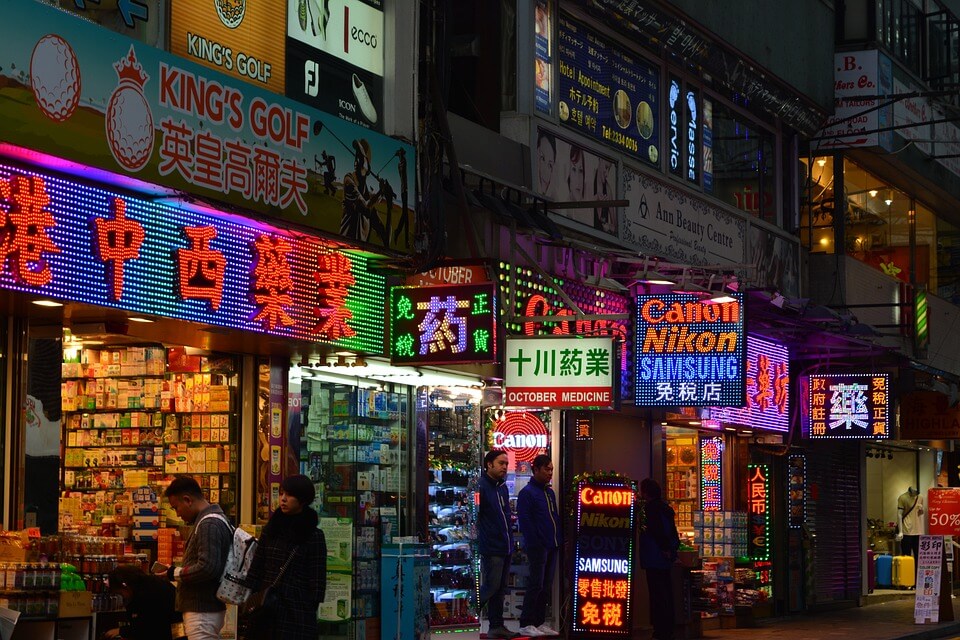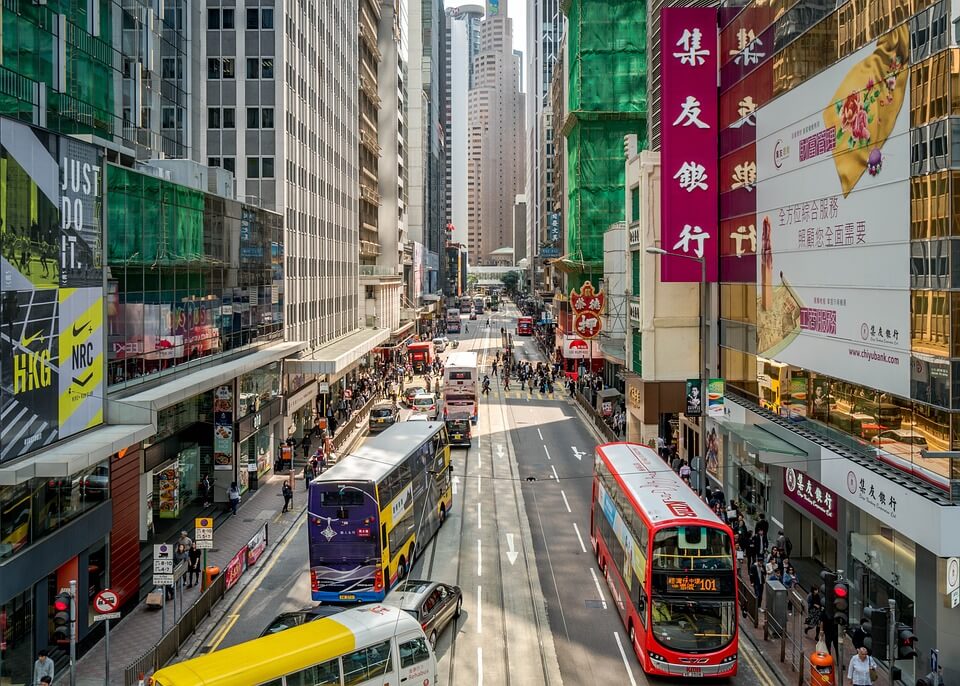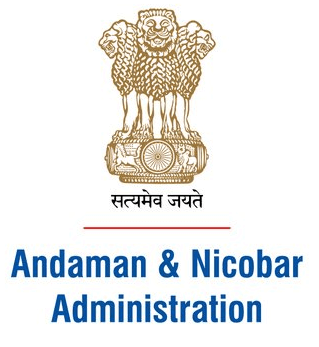
In 1997 when Britain was handing over Hong Kong to China after the 100-year lease got over, it asked the Government of India to develop the Andaman-Nicobar Islands as a free trade zone. But the Indian politicians and bureaucrats who excel in making lame excuses why something should not be allowed to be done kept procrastinating till Hong Kong became a part of China.

Once again after 23 years, an opportunity is knocking at our doors due to expansionist China being hell-bent on changing the lifestyle of the people of Hongkong. After the imposition of a new national security act on Hongkong by China, the US has already withdrawn free trade concessions to it and other multinational companies are now searching for a new location as its manufacturing hub than Hongkong. Due to our good luck once again Andaman-Nicobar Island group is in the limelight which we must grab.” Thus writes Brig Arun Bajpai, a Defence and Strategic Analyst.

Maybe as a prelude to “transforming” the islands into another Hong Kong, corporate crony Niti Aayog advocated “Holistic Development of Great Nicobar Islands” and the Government of India is feverishly pushing a 16,610 hectares project in the island, expected to cost Rs 75,000 crores. This includes an international container transshipment terminal (ICTT), a greenfield international airport, a township, and a power plant. ICTT is the pivot that will drive the entire ‘holistic development’.
Also Read: Why can’t Andaman -Nicobar islands be made new Hong Kong?
The recent inauguration of the under-sea optical fiber cable network connecting Chennai with the Islands by the Prime Minister is considered an augury for such development. But, considering the huge demand and supply of “shell companies” these days, the lurking question is whether this ‘development’ agenda is for them and whether multinationals are being mentioned only as a façade?!

Though ‘Expression of Interest’ has been floated for the ICTT, neither the Techno-Economic Feasibility Report (TEFR) nor the Detailed Project Report (DPR) are available. For a project of his nature six distinct ‘Feasibilities’ are imperative—Economic, Financial, Environmental, Social, Technical, and Legal. Since adequate information on these for Great Nicobar is not available, a comparative analysis can be made only with a similar project floated on the coast of Kanyakumari District which has not materialized.
Economic & Financial
| Kanyakumari | Great Nicobar | |
| Location | Mainland | Island-1650 km from Chennai |
| Distance from Int. Shipping Route | 08 Nautical Miles | 40 Nautical Miles |
| Cargo Capacity | 12.9 million TEU (Twenty Equipment Unit) –20-ft Container | 14.2 million TEU |
| Estimated Cost | Rs 28,000 crores | Rs 35,000 crores |
| Viability | Not viable. 25-30% Viability Gap Funding to achieve equity IRR of 16-18%. | Not known. Could be more |
| Port Charges | 15/20% lower cost vs. Colombo. Cabotage full waiver. | Not known. Could be same |
| Upfront volume commitment | 50% from the major liner | Not known. Could be more |
From the above, it is clear that Kanyakumari ICTT on the mainland was neither economically viable nor financially feasible. Being on the distant island of Great Nicobar ICTT could be worse.

This misadventure in Great Nicobar is not feasible from Environmental and Social angles. Considering that the entire island covers 103,870 hectares, almost 16% of the island will be given over to the project. Of the total area of the island, 75,100 hectares have been statutorily notified as a Tribal Reserve for the Shompen tribe, a Particularly Vulnerable Tribal Group. The National Commission for Scheduled Tribes has instructed the government to prevent such ‘developmental’ intrusions.

Great Nicobar covers a variety of unique and threatened ecosystems–tropical, wet evergreen forests, mountain ranges reaching 642 meters above sea level, and coastal plains. It is home to myriad species of angiosperms, gymnosperms, ferns, and bryophytes, as well as to hundreds of species of fauna, many of which are rare and threatened species, not found anywhere else in the world. These include endemic or endangered species such as the crab-eating macaque, the Nicobar tree shrew, the dugong, the Nicobar megapode, the saltwater crocodile, the Nicobar cricket frog, and several others.

The pristine Great Nicobar ecosystem is a globally important nesting site of the largest turtles on Earth–leatherback turtles. These turtles can grow up to two meters long and weigh as much as 700 kilograms. The species has existed since the age of the dinosaurs, but its numbers are in decline. And this species will be extinct if the project goes through.
Great Nicobar is part of a group of rare volcanic islands with among the very few surviving rainforests in the world. The frequent prevalence of undersea quakes that occur in the oceans of that region and the resultant subsidence of land is a major risk. The horror and deaths of the December 2004 Tsunami that originated in that area are still fresh in our minds. Building such massive infrastructure and populating this island with around half a million ‘settlers’ would be the virtual signing of their death warrant.

The idea of replacing the virgin forests of Great Nicobar with planted forests in Haryana by way of compensatory afforestation would be laughable if it weren’t so tragic: thousands of hectares of rich, evergreen, rain forests teeming with extraordinary flora and fauna species to be compensated with newly planted trees in the dry Aravalli hills of Haryana?!
The conditions with which coastal regulation zone (CRZ) clearance was given by the Ministry of Environment and Forests defy compliance. This is because while on-land mitigation measures are possible, they are not possible in the ocean and the coasts which are only extensions of the sea!
Technical and Legal
Kanyakumari ICTT was not considered feasible because of these technical reasons:
- Dredging would involve blasting and breaking 17 million Cubic meters of underwater rock (30 million metric tonnes). This would affect aquatic fauna and flora through direct impact on sea-bottom habitats.
- Breakwaters and changes in water quality would result in sea-bottom contamination inside the port area and surroundings.
- Land reclamation from the sea would destroy bottom habitats and displace fishery resources and cause a decrease in the number of species and their abundance.
- Piles, concrete surfaces, rubble mounds, and other similar structures in water could form new habitats, and introduce undesirable species and contaminants of fishery and shellfishery resources.
- Millions of metric tons of granite stones would be required for the construction of the berths and other infrastructure in the Port. This entire quantity would be taken from the Western Ghats spelling a monumental ecological disaster that cannot be mitigated.
All these will be applicable mutatis mutandis to Great Nicobar ICTT making it unviable and unsustainable.

As far as legal feasibility is concerned all the exemptions given and denotification issued under various special laws/rules protecting forests, tribal rights, and coastal ecosystems are untenable and could be struck down when challenged in appropriate courts and Tribunals.
Most of these issues were flagged by the Constitutional Conduct Group of former Civil Servants in their letter to the President of India on 22 January 2023. But there is no response from the Head of State who was projected as the ‘protector’ of forest and tribal rights!
This project as well as the predatory plan of “holistic development” of the island are unviable, untenable, and undesirable and should be abandoned forthwith. Better for the island to remain nature’s abode than morph into a den of wheelers and dealers!


Powerfully argued article.
Welcome to Bangalore. Hope to meet you soon. Theodore Baskaran